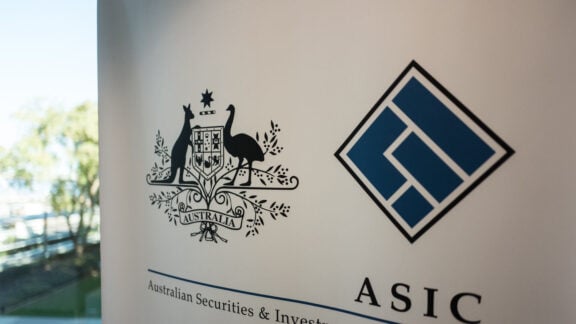Consumers are tightening their belts and some businesses are starting to feel it.
The average value for invoices, an indicator of business-to-business trade measured by CreditorWatch, has sunk to its lowest in six years.
The credit reporting agency recorded a 36 per cent drop in the average value of invoices – the low point for this metric since January 2017.
Cost pressures on businesses and cautious consumers are likely prompting firms to order less, leading to smaller order values and revenue down the supply chain.
Business failures also hit an eight-year high, lifting 28 per cent year-on-year.
CreditorWatch chief executive Patrick Coghlan said a series of interest rate hikes and high inflation was weighing on household budgets, and the slowdown in spending was hitting businesses.
“Twelve rate rises in just over a year was always going to have a major effect on consumer sentiment and force people to tighten their belts, having a particularly big impact on those businesses exposed to discretionary spending,” he said.
“I’m very sorry to say that we’re far from the peak of business failures.”
Businesses, especially those only marginally profitable, were likely to suffer as consumers stopped spending and business investment dried up.
Business-to-business payment defaults, a leading indicator of future business failure, have been growing strongly.
Defaults have surged 30 per cent compared to 12 months prior.
The results follow another show of resilience in NAB’s business survey, although forward-looking indicators look less healthy for the retail sector.
Transaction data from the major bank released on Wednesday suggests consumers are still holding up okay, although retail spending is more subdued.
A 0.8 per cent increase in consumer spending was recorded in the month of August, down from a 1.1 per cent lift in July.
Retail spending was weaker, rising 0.4 per cent in the month.
Rising petrol prices fed into the pick up in monthly spend, with the vehicles and fuel category up 6.8 per cent.
NAB chief economist Alan Oster said spending also grew in key discretionary sectors such as arts, recreation and travel.
“Our monthly transaction data continues to suggest spending has been resilient, with July and August both showing fairly strong growth in consumer spending overall,” he said.
The data set, which draws on spending by the bank’s customers, revealed a fall in essential services such as healthcare, education and utilities.
Mr Oster said energy subsidies may have contributed to the weaker month.
Source: AAP









